In today’s increasingly eco-conscious world, more individuals are seeking ways to integrate sustainable practices into their daily lives, particularly in their homes. One of the most rewarding areas where eco-friendly principles can be applied is through home gardening. Transforming your home garden into an eco-friendly oasis not only benefits the environment but also enhances your living space and promotes a healthier lifestyle. This comprehensive guide explores everything you need to know about sustainable gardening, from selecting the right plants to creating an eco-friendly home environment. By adopting eco-friendly gardening practices, you can reduce your carbon footprint while enjoying fresh, organic produce right at your fingertips. Whether you’re a seasoned gardener or new to the concept of sustainable living, this guide provides practical tips and insights to help you get started. From choosing eco-friendly garden tools to understanding the benefits of sustainable planting, we’ll walk you through the steps to create a thriving, eco-friendly home garden that reflects your commitment to the planet.
Key Takeaways
– Eco-Friendly Benefits: Home gardening significantly reduces your carbon footprint and supports local biodiversity by providing habitats for pollinators and wildlife.
– Efficiency in Resources: Utilize sustainable practices to minimize water usage and fertilizer dependency, promoting eco-friendly gardening techniques.
– Waste Reduction: Grow your own produce to reduce plastic packaging and food waste, contributing to a more sustainable lifestyle.
– Community Engagement: Foster connections with neighbors by sharing gardening tips and produce, creating a sense of community and environmental stewardship.
– Challenges Addressed: Be prepared for time-consuming maintenance, potential weather-related issues, and considerations around space, water usage, and costs associated with sustainable practices.
How Can I Make My Garden Environmentally Friendly?
To make your garden more environmentally friendly, consider implementing the following sustainable practices:
- Composting : Start by collecting kitchen scraps and yard waste to create compost. Use a compost bin or pile to transform these materials into nutrient-rich soil amendments.
- Water Conservation : Install drip irrigation systems to reduce water usage. Collect rainwater using a rain barrel to supplement your watering needs, ensuring compliance with local regulations.
- Companion Planting : Utilize companion planting charts to pair plants that enhance each other’s growth and deter pests. For example, marigolds can repel pests, while carrots and tomatoes grow well together.
- Mulching : Apply mulch made from wood chips or leaves to retain moisture, suppress weeds, and regulate soil temperature. Aim for a thickness of 2-3 inches for optimal results.
- Natural Pest Control : Introduce beneficial insects like ladybugs or attract birds to eat pests. Plant deterrent herbs such as marigolds to keep pests away.
- Organic Fertilization : Use organic fertilizers like compost or fish emulsion to nourish your plants without harming the environment. These can be found at local nurseries or online stores.
- Reduce Plastic Waste : Reuse old containers for planting seeds or small plants to minimize plastic use.
- Minimize Lawn Chemicals : Opt for natural herbicides like vinegar or dish soap for weed control, testing on small areas first to assess effectiveness.
- Plant Native Species : Choose plants suited to your region’s climate to support local wildlife and reduce water needs. Visit a local nursery for recommendations.
- Join Community Groups : Participate in local gardening groups or community gardens to gain knowledge and share resources with eco-conscious gardeners.
By adopting these practices, you can create a more sustainable and eco-friendly garden space.
The Most Sustainable Plants to Grow
Growing plants sustainably involves choosing species that require minimal resources, emit fewer greenhouse gases, and support ecological health. Here are some of the most sustainable plants to consider:
- Bamboo : Known for its rapid growth, bamboo is highly sustainable. It grows quickly, requires little water, and doesn’t need chemical fertilizers or pesticides. Bamboo also sequesters carbon dioxide, making it an excellent choice for eco-conscious gardens.
- Mushrooms : Mushrooms are unique in that they don’t require soil or sunlight to grow. Species like oyster mushrooms can be cultivated indoors using organic materials, reducing the environmental impact significantly.
- Aloe Vera : Aloe vera is a versatile and hardy plant that thrives in arid conditions. It requires minimal water and can be grown indoors, making it ideal for low-maintenance gardens.
- Sweet Potato : Sweet potatoes are a nutrient-dense crop that grows well in poor soil and requires minimal attention. They are also efficient at converting sunlight into energy, making them a sustainable choice for gardeners.
- Kale and Leafy Greens : These crops are rich in nutrients and can be grown in a variety of conditions. Leafy greens like kale and spinach are highly sustainable, requiring little space and few inputs.
- Comfrey : Comfrey is known for its deep root system, which helps improve soil health. It grows quickly and can be harvested multiple times a year, making it a sustainable option for permaculture gardens.
- Cucumbers : Cucumbers are drought-tolerant once established and require minimal watering. They are also efficient at covering large areas of ground, making them a sustainable choice for larger gardens.
For more tips on sustainable gardening and to explore these plants further, visit our Sustainable Gardening Guide . Learn how to create an eco-friendly garden that thrives with minimal effort and maximum benefit.
What is the most eco-friendly home?
-
Passive Solar Home
A passive solar home is designed to maximize natural light and heat during the day while retaining warmth at night. These homes often feature thick insulation, south-facing windows, and reflective roofing materials to reduce energy consumption.
-
Tiny House
Tiny houses are compact, efficient living spaces that minimize waste and resource use. They often incorporate sustainable materials, small appliances, and innovative design to maximize functionality while reducing environmental impact.
-
Earthship
An earthship is a type of home built primarily with recycled materials and earth-based techniques. These homes are known for their energy efficiency, natural lighting, and integration with the surrounding landscape.
-
Modular Home
Modular homes are constructed off-site in a factory and then transported to the property. They often use sustainable materials and energy-efficient designs, making them a popular choice for eco-conscious homeowners.
-
Greenhouse Home
A greenhouse-style home incorporates passive solar design principles to heat and cool the home efficiently. These homes often feature glass walls or roofs to allow natural light and warmth to circulate through the space.
-
Zero-Waste Home
A zero-waste home is designed to minimize waste generation by using sustainable materials, composting systems, and recycling mechanisms. These homes focus on reducing landfill waste and promoting a circular economy.
Is Home Gardening Good for the Environment?
Yes, home gardening has numerous environmental benefits that make it a responsible and rewarding activity. By growing your own fruits, vegetables, and herbs, you contribute positively to the planet while enjoying fresh, nutritious produce.
Reduced Carbon Footprint
Growing your own food reduces the need for long-distance transportation, which cuts down on carbon emissions associated with shipping and distribution. Local crops require less energy to grow and reach your table compared to store-bought items imported from far away.
Supports Local Biodiversity
Home gardens provide habitat and food for local wildlife, including pollinators like bees and butterflies. Native plants and heirloom varieties are particularly beneficial as they attract these creatures and preserve biodiversity.
Efficient Water and Fertilizer Use
Gardening with native plants and drought-tolerant varieties minimizes water usage. Composting and organic fertilizers reduce reliance on synthetic chemicals, protecting soil health and groundwater.
Reduces Waste
By growing your own food, you reduce plastic packaging and food waste common in store-bought items. This practice aligns with sustainable living goals and promotes mindful consumption.
Strengthens Community Connections
Engaging in home gardening often leads to shared knowledge and resources within communities. Neighbors may swap tips or produce, fostering a sense of belonging and environmental stewardship.
Learn more about sustainable gardening practices to enhance your efforts and further support the environment.
Conclusion
Home gardening is an eco-friendly activity that benefits both you and the planet. By adopting sustainable practices, you can maximize its positive impact on the environment while enjoying the freshest produce possible.
Disadvantages of Having a Home Garden
- Time Commitment: Gardening requires consistent attention, making it a labor-intensive activity. Regular watering, pruning, and pest control can take up significant time.
- Weather Dependence: Gardens are highly dependent on weather conditions, including rainfall, temperature, and sunlight, which can vary greatly from year to year.
- Pest Control Challenges: Insects, diseases, and weeds can be difficult to manage, often requiring regular treatments and monitoring.
- Space Limitations: Urban areas may lack adequate space for large gardens, limiting the variety and quantity of plants you can grow.
- Water Usage Concerns: Gardening can consume a significant amount of water, particularly in arid climates, leading to water usage debates.
- Soil Preparation: Preparing soil for planting can be physically demanding and may require importing soil or amendments to improve fertility and drainage.
- Weed Growth: Weeds can quickly take over gardens, requiring constant vigilance and removal efforts to maintain productivity.
- Fertilizer and Pesticide Costs: Regular applications of fertilizers and pesticides can add to expenses and may raise environmental concerns.
- Seasonal Variability: The success of a garden can vary widely each season due to changes in weather patterns and plant requirements.
Is a greenhouse better than a garden?
A greenhouse and a garden each have unique advantages depending on your specific needs and preferences. Here’s a breakdown of the differences:
- Controlled Environment : Greenhouses offer a controlled environment with adjustable temperature, humidity, and lighting, making them ideal for delicate or exotic plants that may struggle in typical garden conditions.
- Extended Growing Season : Greenhouses allow you to grow plants year-round, extending the growing season beyond what’s possible outdoors.
- Protection from Pests/Diseases : The enclosed space reduces exposure to pests and diseases that can damage plants in an open garden setting.
- Low Maintenance : Gardens generally require less maintenance once established, as they are exposed to natural conditions, though they still need regular care.
- Cost Considerations : Greenhouses can be costly to install and maintain, while gardens typically have lower initial costs and are often free if using existing space.
- Space Requirements : Greenhouses require more space and investment in structures, while gardens can be smaller and fit into existing areas.
- Plant Variety : Greenhouses are better suited for tropical or rare plants, while gardens can accommodate a wider range of hardy plants.
- Aesthetic Value : Both can enhance your property’s appearance, with greenhouses adding a unique touch and gardens providing a serene outdoor space.
Ultimately, the choice between a greenhouse and a garden depends on your priorities, such as the types of plants you want to grow, your budget, and the amount of space you have available. Many gardeners opt for both, combining the benefits of each to maximize their horticultural capabilities.

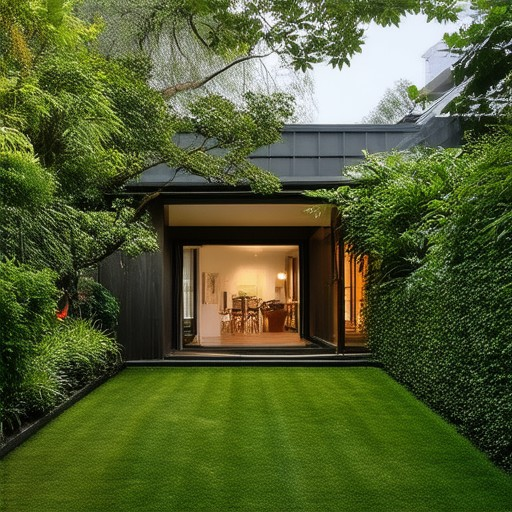


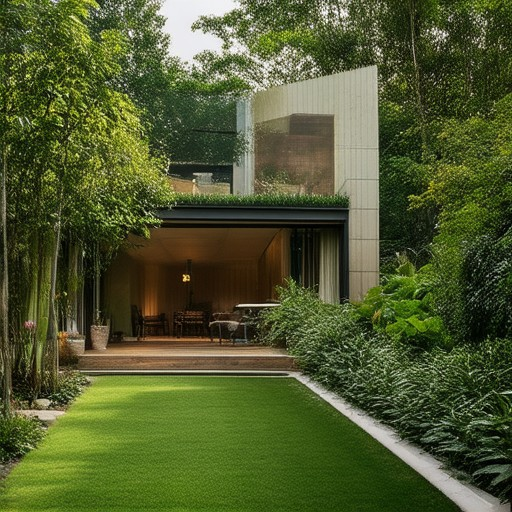
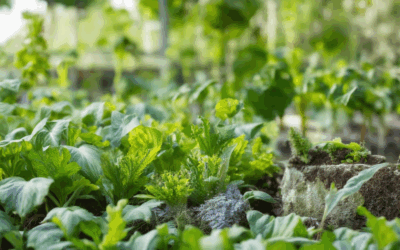
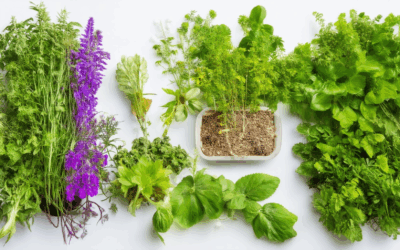
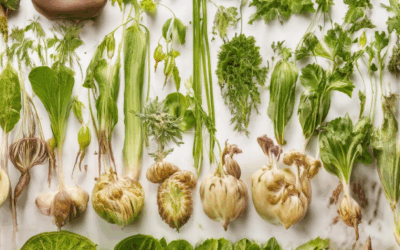
0 Comments